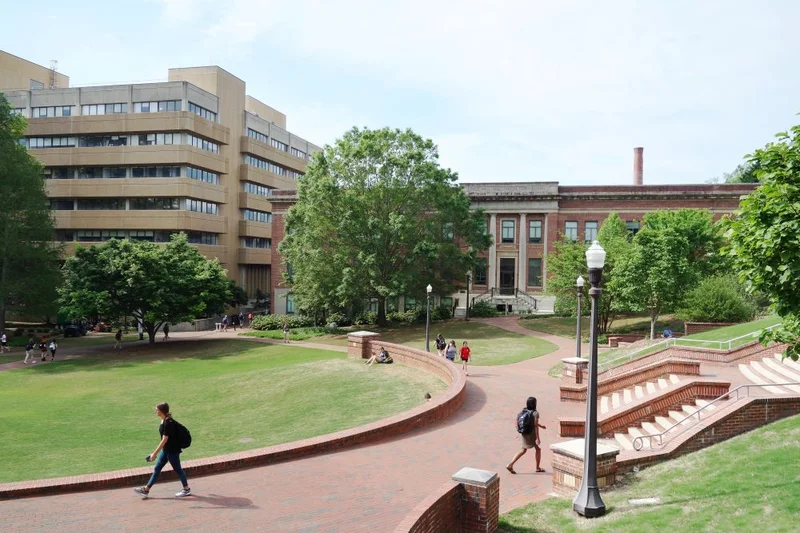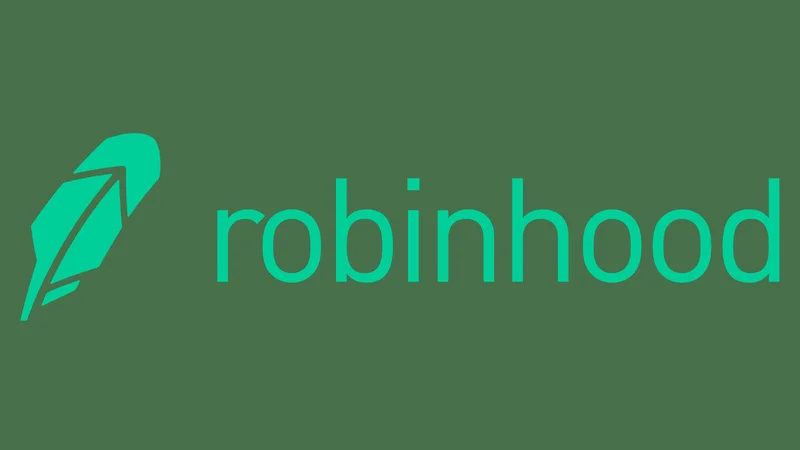Immaculata's Open House: A Data-Driven Breakdown for Prospective Students
On the surface, the announcement is unremarkable. Immaculata University, a private institution nestled in the Philadelphia suburbs, will host an Undergraduate Open House on October 18, 2025. The agenda is a familiar script: a buffet breakfast, student-led tours, and an informational fair. High school students and their parents will walk the grounds, collect brochures, and try to picture themselves on campus for the next four years.
But in the current, brutal landscape of higher education, an open house is never just an open house. It’s a meticulously staged event designed to close a sale on what is, for most families, the second-largest investment they will ever make. The real question isn’t about the quality of the campus tour or the coffee served in Villa Maria Hall. The real question is: What is the underlying asset being sold, and what does this specific sales pitch reveal about Immaculata’s strategy for survival in a market that is actively culling its weakest players?
When you strip away the marketing language about "faith-based values" and "leadership opportunities," you’re left with a product offering. And my analysis of that product—the university’s menu of academic programs—suggests a highly calculated, risk-averse investment strategy aimed squarely at a nervous middle-class consumer.
The Diversified Portfolio Approach
Let’s look at the data points provided. Immaculata highlights a specific slate of undergraduate programs: cybersecurity, nursing, supply chain management, business, and education, alongside others like music therapy and fashion merchandising. This isn't a random collection; it's a diversified portfolio designed to balance stability with growth potential.
Think of it like an investment fund prospectus. The "blue-chip stocks" are the programs with clear, high-demand career paths and predictable returns. Nursing, cybersecurity, and supply chain management are the bedrock of this portfolio. These are fields where the Bureau of Labor Statistics projects strong growth, and parents can easily draw a straight line from a tuition check to a viable starting salary. For a family weighing a significant financial outlay (the average private university tuition is now over $40,000—to be more exact, $41,540 for the 2023-24 school year), these programs are the ultimate form of risk mitigation. They answer the terrifying, unspoken question: "Will my child get a job?"
Then you have the "growth stocks" of the portfolio: music therapy, fashion merchandising, exercise science. These are higher-risk, passion-driven fields. They appeal to a different student archetype, one less concerned with a linear career path and more with a specialized vocation. By offering these, Immaculata diversifies its customer base. It can capture students who might otherwise look at specialized art or technical schools. But I've looked at hundreds of corporate strategies, and this particular mix is unusual in its deliberate balance. It’s a hedge. For every student pursuing a dream in fashion, the university has enrolled another in a pragmatic nursing program, creating a stable and predictable revenue stream.

This entire open house, then, is the shareholder meeting. It’s the moment the fund manager—the university—stands before potential investors and makes the case that their specific mix of assets is the wisest, safest place to park their capital for the next four years. But what’s the real calculus behind this strategy? Is this simply smart business, or is it a quiet admission that the traditional, broad-based liberal arts model is no longer a viable product for an institution of this scale?
The On-Campus Conversion Funnel
The structure of the open house itself mirrors a classic sales conversion funnel, designed to move a prospect from initial interest to a point of decision. Each activity is a calculated step in de-risking the investment in the mind of the consumer.
The process begins with the "Welcome and Breakfast." This isn't just about hospitality; it’s about creating an initial positive emotional association. Standing in the Rotunda of Villa Maria Hall, with the smell of coffee in the air and the low hum of optimistic chatter, a prospective family is being primed for what comes next. It’s a classic environmental control tactic.
Next is the student-guided campus tour, which serves as the "product demonstration." Here, the university’s physical assets are put on display. They won't just show you a classroom; they'll show you the nursing simulation lab or the cybersecurity hub. The student guides, carefully selected and trained, provide social proof, acting as living testimonials to the product's quality. This stage is about making the abstract concept of "college" feel tangible and real.
The informational fair is where prospects "meet the management." Faculty and staff are deployed to answer questions about specific programs, clubs, and services. This step is critical for building confidence. It allows parents and students to directly engage with the experts who will be delivering the educational product, adding a layer of credibility and personal connection.
Finally, the entire process culminates in the sessions with admissions and financial aid counselors. This is the "closing room." After being warmed up emotionally and impressed by the physical product, the consumer is now confronted with the price tag. The counselors’ job is to frame the cost not as an expense, but as an investment, detailing scholarships, aid packages, and the potential long-term ROI. The discussion of internships and NCAA Division III athletics (a significant, non-scholarship hook for a specific student segment) is all part of demonstrating the value proposition. The entire event is a masterclass in moving a customer down a path of increasing commitment. But does this highly structured, sales-oriented approach leave any room for the serendipity and intellectual exploration that college is supposed to be about? Or has the economic pressure become so immense that the transaction must be as efficient and predictable as possible?
A Calculated Bet on Pragmatism
My analysis suggests this open house isn't a celebration of higher learning; it's a strategic deployment of assets aimed at capturing a specific, risk-averse market segment. Immaculata University is not trying to compete with the Ivy League on prestige or with massive state schools on scale and resources. Instead, it is making a calculated bet that in this economic climate, a growing number of families view college as a vocational transaction. They are selling a clear, understandable, and defensible ROI. It’s an unglamorous but likely effective strategy for a private university of its size. The real question is what gets lost when the university experience is optimized entirely around its function as a career-placement service.
Related Articles
Robinhood's Next Chapter: Decoding the 2025 Vision and What It Means for the Future of Investing
It’s easy to get lost in the numbers, and with Robinhood in 2025, the numbers are absolutely stagger...
Plug Stock's Big Jump: What's Actually Happening and Why You Shouldn't Buy the Hype
So, Plug Power is back. Just when you thought the stock was destined to become a footnote in the ann...
Firo: What's the deal?
AI's Latest Hype Cycle: Are We All Just Falling for It Again? Alright, let's cut through the bullshi...
Julie Andrews: Why Her Legacy Endures Beyond Her Iconic Voice
I spend my days analyzing systems. I look at code, at networks, at AI, searching for the elegant des...
That VTI 'What If' Article: Why It's Mostly Garbage
So, I pulled up my portfolio this morning. September 4, 2025. Ten years to the day since I dropped a...
Nasdaq Composite: what the 'rise' really means
Wall Street's Perpetual Motion Machine: Celebrating Barely Avoiding Disaster Alright, so the governm...





